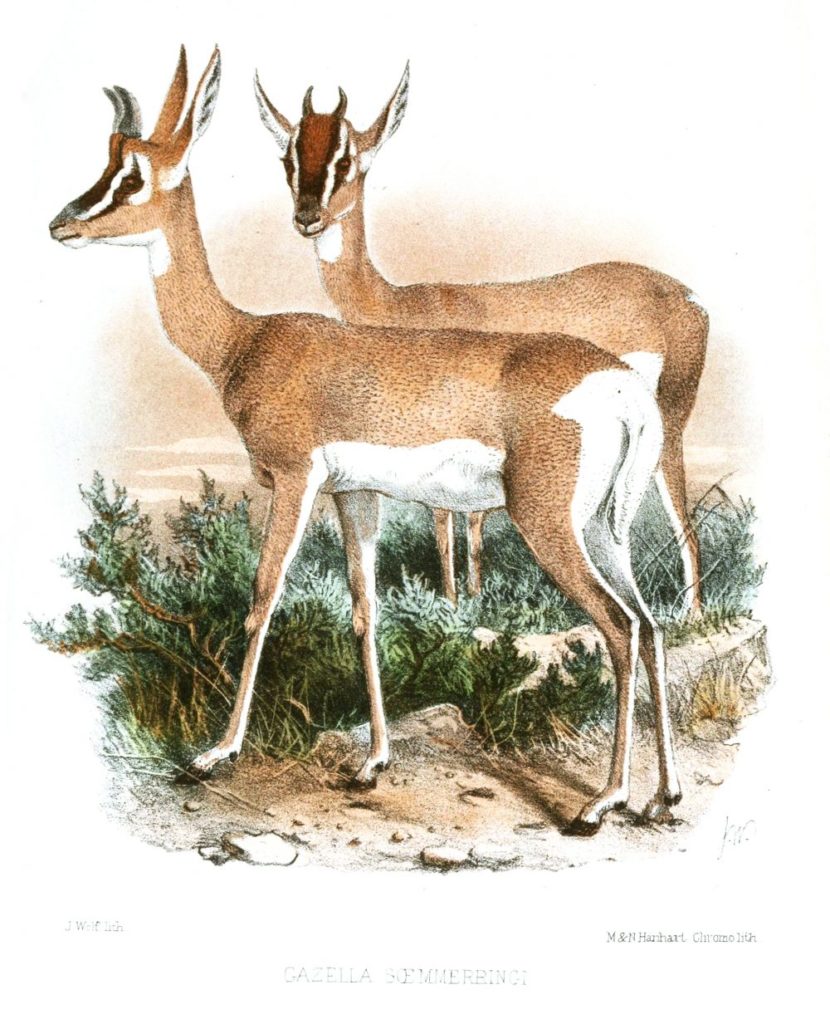Welcome to Life Hypermobile!

This website is a collection of resources and experiences compiled by a Hypermobility Spectrum Disorder patient.
The Ehlers-Danlos syndromes and Hypermobility Spectrum Disorders are under-recognized. The purpose of this website is two-fold:
- To pool resources and information for patients who want to learn more about hypermobility, particularly as it relates to Hypermobility Spectrum Disorders
- To raise awareness about hypermobility, Hypermobility Spectrum Disorders, hypermobile Ehlers-Danlos Syndrome, and other related diseases
This website is a work in progress, but the ultimate goal is to combine medical research and medical literature with practical, pragmatic solutions for living with hypermobility.
This website is NOT meant to replace medical advice. If you have or suspect you have Ehlers-Danlos or a Hypermobility Spectrum Disorder, you should consult your doctor or qualified professional. I hope the information and resources presented here help you work with your doctor, to make sure you are making informed decisions and keeping up with the latest research, but this website cannot replace the vital resource of a qualified medical professional.
What’s with the antelopes?
The Ehlers-Danlos community (and the rare diseases community in general) has taken the zebra for its sigil. It seems an old doctor’s adage is that when you hear hoof beats, you should think horses, not zebras; meaning, when doctors see symptoms, they should think of the most common and obvious causes first, not the most exotic. Zebras are the rare diseases doctors might not think of right away.
But the thing about Hypermobility Spectrum Disorders is that they don’t actually seem to be that rare. Under-diagnosed, at least for now, but not actually that rare. I think that means it’s time to steer away from the zebra. The term antelope applies to a wide variety of creatures, including gazelles, impalas, duikers, and kudus. It’s what is known as a “wastebasket taxon,” a taxonomic group for organisms that just don’t fit anywhere else. Yet antelopes of all kinds are undeniably awe-inspiring creatures. What could be more appropriate?
That said, a phrase the Ehlers-Danlos Society used that strikes quite a chord with me is that rare or not, hEDS and HSDs “share the burdens of rare diseases.” So while it’s empowering to have our own identity, let’s remember that antelope or zebra, herd or dazzle, or even ten-tentacled space squid, we’re in this together. Pain isn’t a zero sum game – it isn’t a competition for “who hurts the most” – so let’s focus on supporting each other no matter what the name, condition, or symptoms.